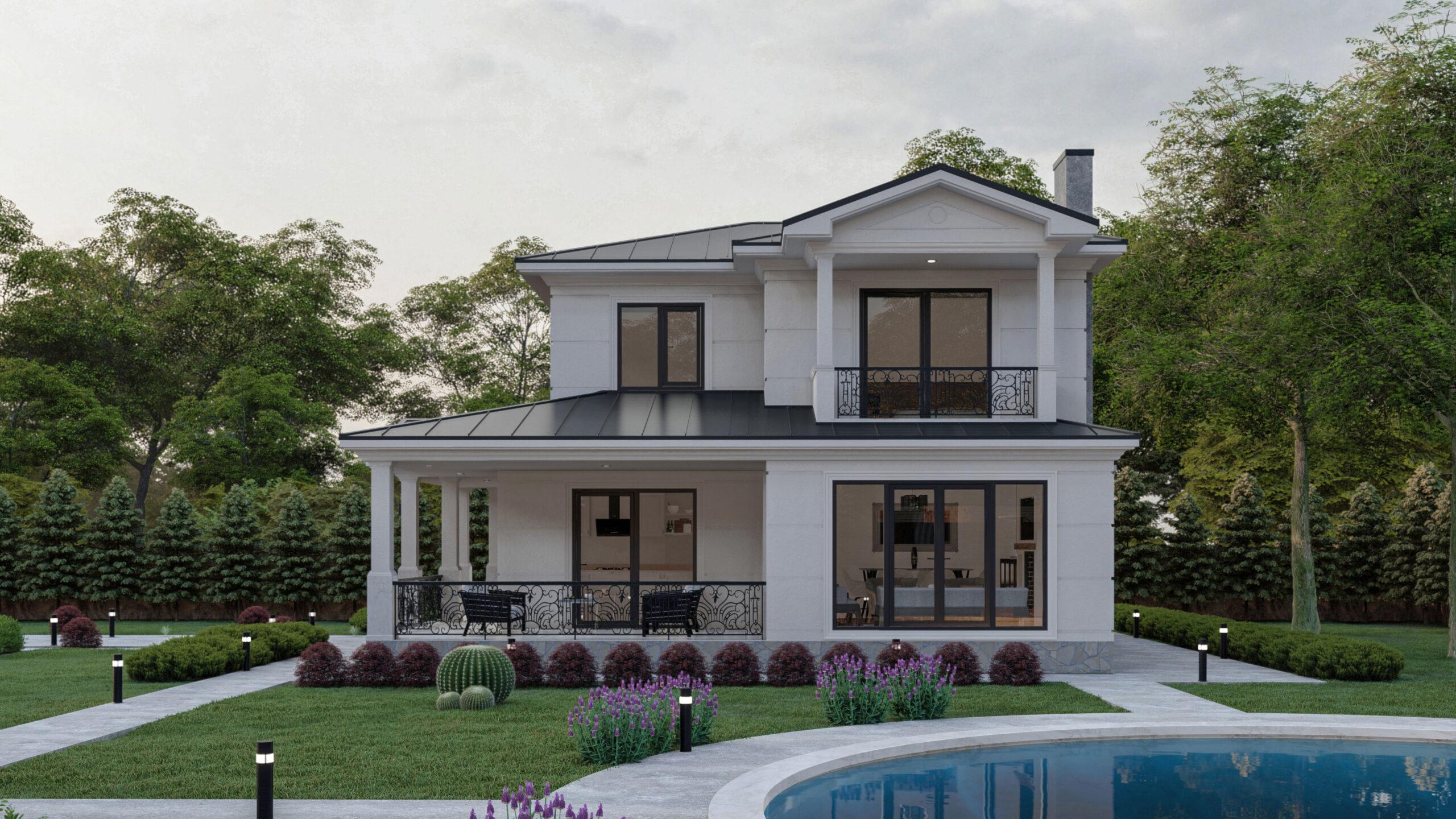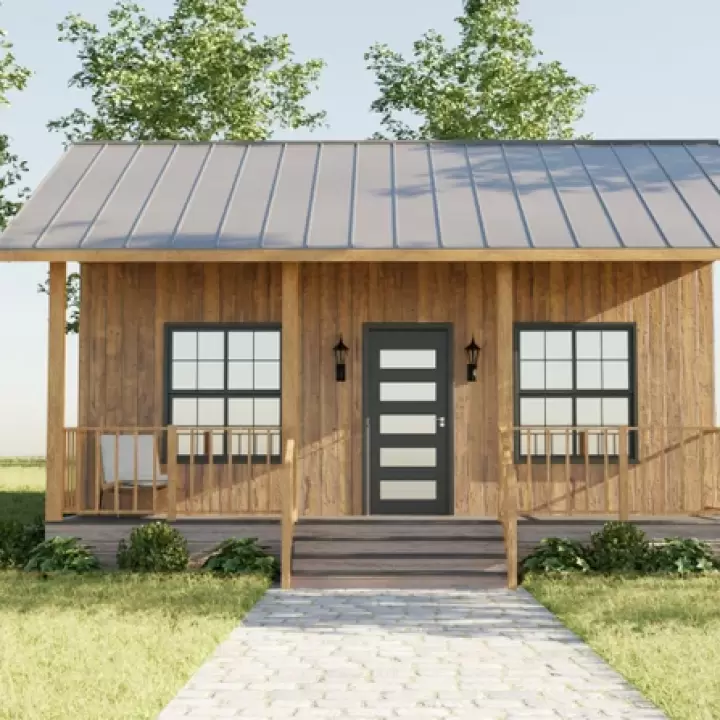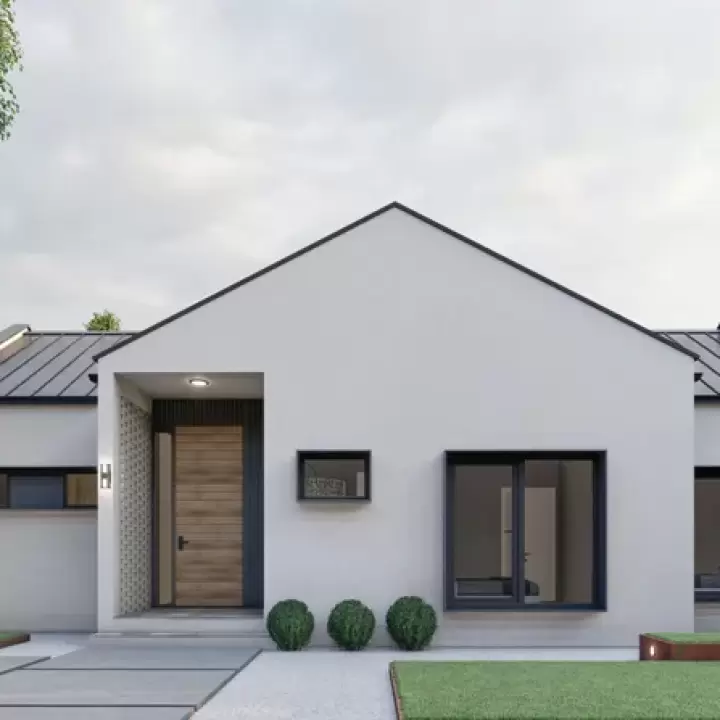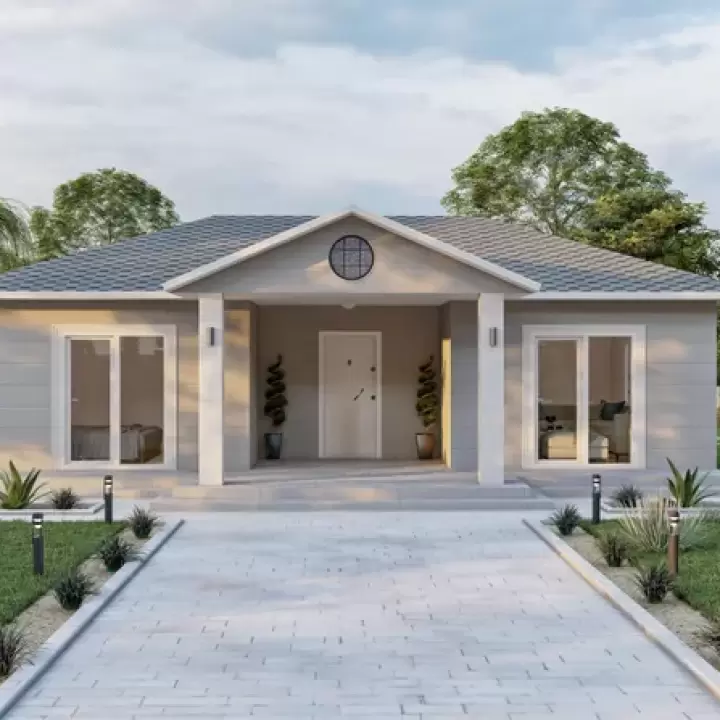
Maximizing Space: Innovative Tiny House Plans for Efficient Living
Tiny houses are revolutionizing the way people think about home design and living. By embracing a smaller footprint, tiny homes allow for simplified, sustainable, and more affordable living. The challenge lies in designing a space that feels comfortable while maximizing every square inch. In this guide, we’ll explore an innovative tiny house plan that offers practical and efficient living solutions. With expert tips on space-saving ideas, you’ll discover how to make the most of a tiny home without sacrificing comfort or style.
Why Choose a Tiny House?
Tiny houses have seen a surge in popularity for a variety of reasons. Here are some of the key benefits of tiny house living:
Cost-Effective Living: Tiny homes are far more affordable to build and maintain than traditional houses. You can own a home without taking on a large mortgage.
Eco-Friendly: Tiny houses often use fewer materials and can incorporate energy-efficient systems, making them a more environmentally sustainable option.
Mobility: Some tiny homes are designed to be mobile, allowing you the freedom to move your house to different locations.
Simplified Lifestyle: Living in a tiny home encourages a clutter-free, minimalist lifestyle where you focus on the essentials.
With those advantages in mind, let's dive into a detailed overview of a well-designed tiny house plan that makes efficient use of space.
Detailed Overview of an Efficient Tiny House Plan
Ground Floor Layout
The ground floor of this tiny house covers a total of 19.05 m² (205 sq.ft), with smart space allocation that creates distinct living areas while maintaining an open and airy feel.
Kitchen + Living Room
The heart of the ground floor is the combined kitchen and living room, measuring 3.90 x 2.80 meters (12'-9" x 9'-2"). With a total area of 10.90 m² (117 sq.ft), this multifunctional space is ideal for cooking, dining, and relaxing. The open-concept design ensures that you can move seamlessly between preparing meals and unwinding in the living area. Adding compact yet functional kitchen appliances and furniture, such as a fold-out dining table, allows you to optimize the available space.
Bathroom
No home is complete without a bathroom, and this tiny house includes a compact but fully functional 2.50 m² (26.90 sq.ft) bathroom. Sized at 0.90 x 2.80 meters (3' x 9'-2"), the bathroom includes a shower, toilet, and small vanity. Although small, this space is designed with practicality in mind, ensuring that all essential bathroom functions are met without feeling cramped.
Bedroom
The ground floor also features a 5.05 m² (54.30 sq.ft) bedroom, measuring 1.80 x 2.80 meters (5'-11" x 9'-2"). This cozy retreat is perfect for those who prefer ground-floor sleeping arrangements, offering enough space for a bed and small storage solutions like wall-mounted shelves or under-bed drawers.
Porch
One of the standout features of this tiny home is the 11.20 m² (120.55 sq.ft) porch, with dimensions of 7.00 x 1.60 meters (23' x 5'-3"). The porch offers ample outdoor living space where you can relax, entertain guests, or enjoy your morning coffee while taking in the fresh air. It serves as an extension of your living area, giving you more usable space without increasing the footprint of the house itself.
First Floor Layout
The first floor adds an additional bedroom, making this tiny home a great option for couples, small families, or guests.
Bedroom
The upstairs bedroom measures 2.35 x 2.80 meters (7'-9" x 9'-2"), providing 6.60 m² (71 sq.ft) of cozy sleeping space. This bedroom is ideal for a guest room or secondary sleeping area, and despite its compact size, it offers enough room for a comfortable bed and basic storage solutions. The separation between floors allows for added privacy and comfort.
Key House Features
Here are some important details about the overall structure and design of this tiny house:
Building Dimensions: 3.00 x 7.00 meters (23' x 9'-10")
Foundation: Wooden
Ground Floor Height: 2.70 meters (8'-11")
Total Height: 4.60 meters (14'-5")
First Floor Height: 1.60 meters (5'-3")
Total Area: 25.65 m² (276 sq.ft)
This design is perfect for individuals or small families who seek a functional yet compact home. With its open-plan layout and well-thought-out use of space, it offers a solution for those looking to maximize comfort in a small footprint.
Expert Tips for Maximizing Space in a Tiny House
1. Use Multi-Functional Furniture
Furniture that serves multiple purposes is key to optimizing space in a tiny home. Foldable tables, sofa beds, or chairs with hidden storage help you make the most of every inch. For example, a fold-out dining table can function as both a workspace and a place to eat, then tuck away when not in use.
2. Maximize Vertical Space
When floor space is limited, look to the walls. Tall bookshelves, wall-mounted cabinets, and hooks can help you store items without cluttering the floor. In addition, consider lofted beds or elevated platforms to add extra storage space below.
3. Choose Light Colors and Large Windows
Light colors reflect more light, making small spaces feel bigger and more open. Opt for a color scheme that includes whites, pastels, and soft tones. Adding large windows or even skylights can help flood your tiny home with natural light, enhancing the sense of space and openness.
4. Incorporate Built-In Storage Solutions
Custom built-in cabinets, shelving units, and storage compartments are perfect for keeping your tiny house organized. Hidden storage, such as drawers under the bed or steps, can add much-needed storage space without compromising the aesthetic of the home.
5. Design an Open Layout
An open layout reduces the need for walls and doors, which can make a space feel cramped. Combining the living room, kitchen, and dining areas into one open space creates better flow and maximizes functionality. The fewer barriers between areas, the larger the space will feel.
Innovative Tiny House Layout Ideas
Here are a few layout ideas for your tiny home, each designed to maximize comfort and functionality:
1. Lofted Bedroom Design
A lofted bedroom allows for more floor space on the ground level. You can use the loft for sleeping, while keeping the ground floor open for living, dining, and cooking areas. This layout is particularly useful for those looking to maximize vertical space.
2. Open-Concept Kitchen and Living Room
Creating an open-concept living space helps the home feel larger and more connected. By eliminating unnecessary walls between the kitchen and living room, you create a more spacious and inviting atmosphere.
3. Split-Level Design
A split-level design can add a dynamic element to your tiny home. For instance, you can raise the bedroom or living area slightly above the rest of the house, creating the sense of separate zones without the need for walls.




